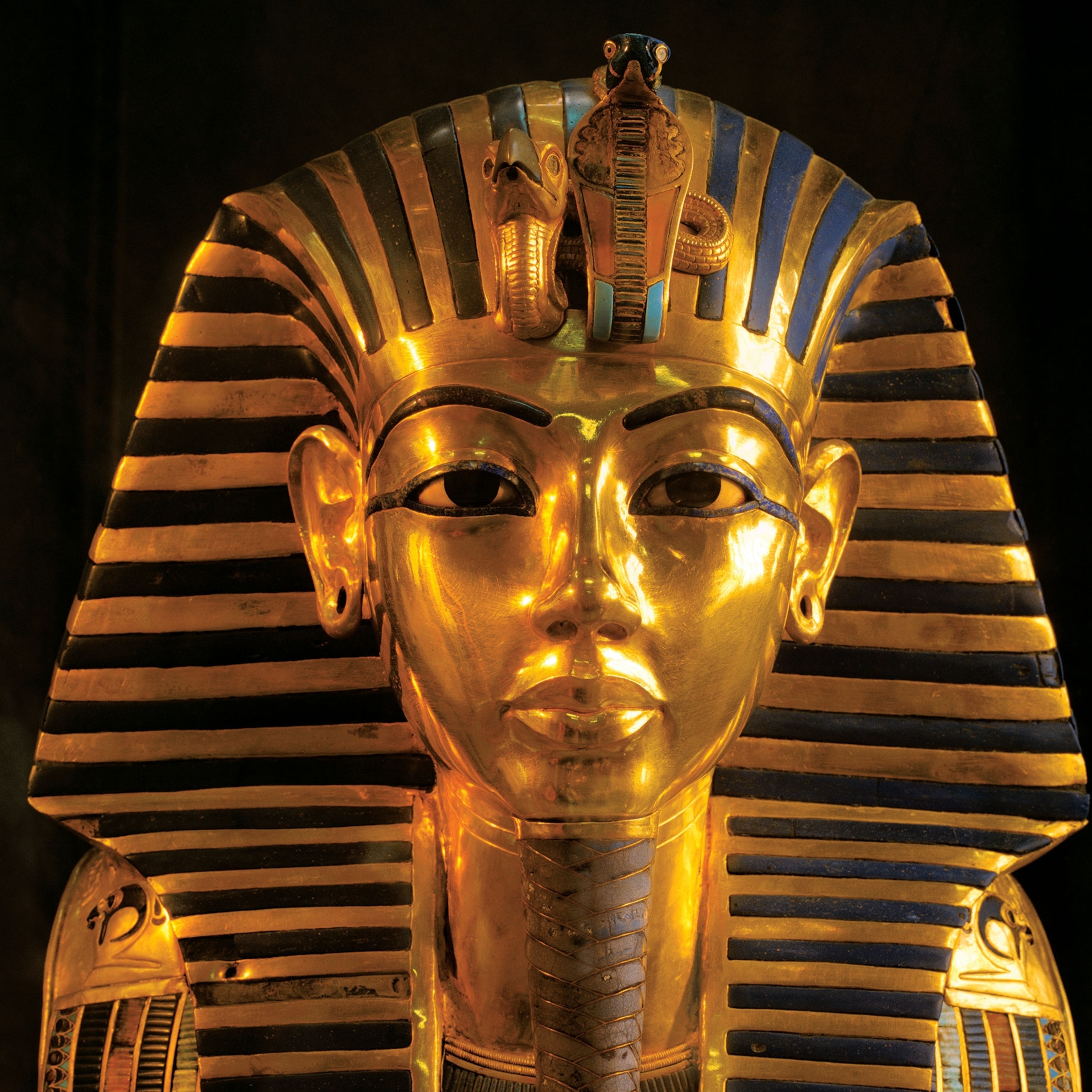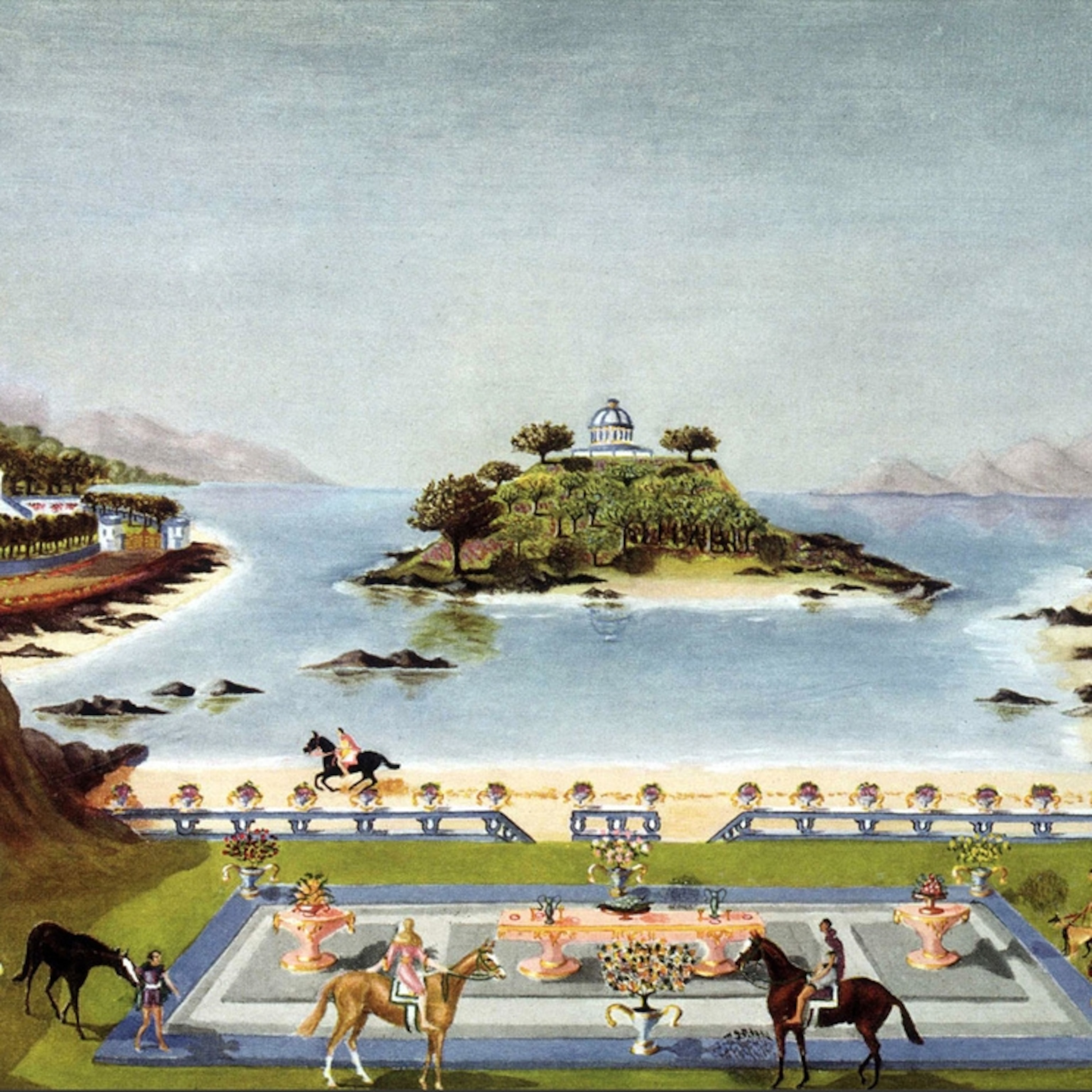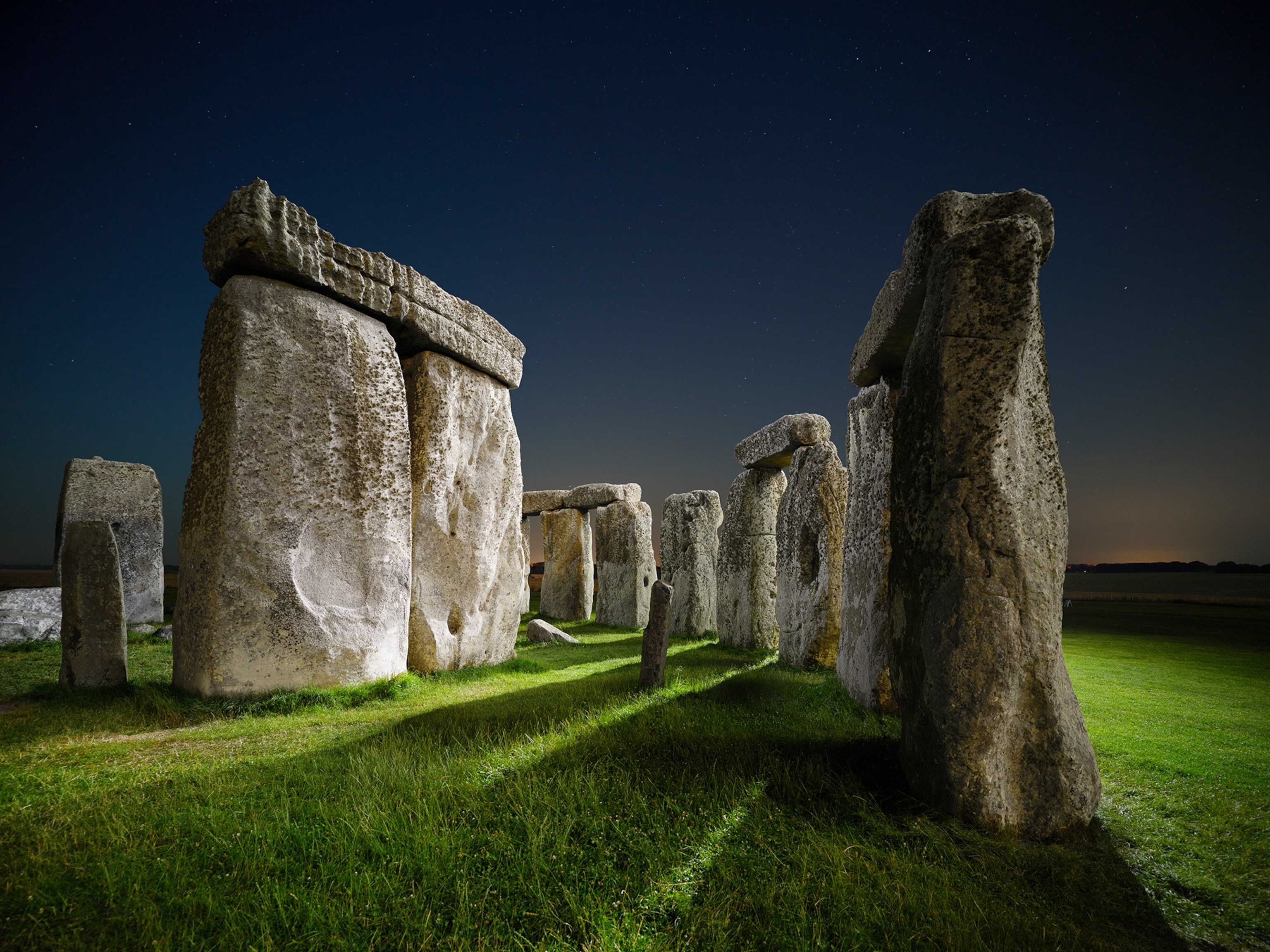Who were the Maya? Decoding the ancient civilization’s secrets
The pyramid-building Maya reigned over much of Central America. Today, descendants keep Maya history alive—a sign of resilience.
Evidence of Mayan civilization was everywhere: Beneath a Spanish convent, underneath a street. Most of it was covered in vines and vegetation, reclaimed by the jungle. The British-American explorers combing through the Yucatán Peninsula in the 1830s and 1840s had no idea who built these mysterious sites but soon became convinced that they were major archaeological treasures.
Discarded and abandoned, the function of these sites and artifacts—temples, pyramids, remnants of art and even writing—was mostly unknown. Nonetheless, wrote John Lloyd Stephens in 1841, they all seemed to be the work of the same group of people.
“Who these races were, whence they came, or who were their progenitors, I did not undertake to say, nor did I know,” he conceded.
The Maya were a towering Mesoamerican civilization that had once covered much of Central America, from northern Belize through Guatemala and southern Mexico.
Much more is now known about the group responsible for some of the greatest feats of its kind. Maya people cultivated the region’s first crops and domesticated wildlife, built its first cities, and either created or refined almost every aspect of modern civilization.
Though their descendants have preserved some of their culture’s traditions and lore, much of the history of the Maya remains as mysterious today as it did centuries ago when their secrets were still hiding in plain sight.
Origins of the Maya
While the origins of Maya culture remain murky, it’s thought to have first emerged between 7000 B.C. and 2000 B.C., when hunter-gatherers abandoned their nomadic habits and created more permanent settlements.
Recent analyses suggest that those first settlers came from South America and likely developed their staple food, maize, by 4000 B.C. Maize cultivation dramatically changed the Maya’s trajectory, literally fueling the explosion of their society and culture.
These newcomers didn’t just plant corn, they also learned to prepare it for human consumption. They did this with nixtamalization, a process in which dried maize is soaked, then cooked in an alkaline solution that softens corn and renders it more digestible. The Maya would go on to cultivate other important vegetables like squash, cassava, and beans.
The Maya seem to have developed alongside, and traded ideas with, the neighboring Olmec civilization, which some consider one of the most influential societies of ancient times.
(In search of the lost empire of the Maya)
Researchers believe this is when the Maya adopted the ritual complexes for which they would become famous. Like the Olmec, ancient Maya soon focused on building cities around their ritual areas. These advancements in agriculture and urban development are now known as the Maya’s Preclassic period between 1500 and 200 B.C.
As Maya society further developed, they laid the foundations for complex trade routes, advanced irrigation, water purification and farming techniques, warfare, sports, writing, and a complex calendar.
The intricate Mayan calendar included three dating systems—one for the gods, one for civil life, and a third astronomical calendar known as the Long Count. The starting point of this third calendar was set at the legendary date of humans’ creation, corresponding to August 11, 3114 B.C.
The Long Count calendar began a new cycle on December 21, 2012, leading to a myth that the world would end on that date. (Despite urban legends and longstanding misinterpretations of Maya lore, however, the shift in calendar cycle didn’t bring doomsday with it.)
(This massive Mayan ceremonial complex was discovered in ‘plain sight’)
Key achievements
During the Classic Maya period (200-900 A.D.), the Maya civilization reached its peak. So did its architecture. The Maya refined its pyramid-like temples and grand buildings that appear to be palaces, though it’s unclear if they were actually used as elite residences or if they served some other function.
Among the most important Maya cities were Palenque, Chichén Itzá, Tikal, Copán, and Calakmul. But though the Maya shared a society, it was not an empire. Instead, city-states and local rulers vacillated between peaceful coexistence and wrestling for control. Some places, such as the village of Joya de Cerén, seem to have been run by collective rule instead of an elite overlord.
Maya architecture and art reflected deep-seated religious beliefs. The Maya embraced the belief of K’uh and k’uhul—that divinity could be found in all things, even inanimate objects.
Once again, corn was vital to those beliefs:.Among the most important Maya gods was Hun Hunahpu, the maize god, and Maya tradition held that the deities created humans first out of mud, then wood, then corn.
The Maya worshiped their gods with a variety of rituals. Among them were both human sacrifice and bloodletting—customs that capture modern imaginations. The Maya sport of pitz, a forerunner of soccer, had its own ritual implications.
Researchers think losers of the game were sometimes sacrificed in recognition of the Maya sun and moon gods, who were said to have played the same game in the Maya creation myth, the Popol Vuh.
(Archaeologists have discovered a 1,600-year-old Maya altar, surrounded by children’s bones)
Decline of the Maya civilization
Although some northern cities continued to flourish, the majority of Maya centers began to collapse during the ninth and tenth centuries A.D. Inter-city relations soured, warfare increased, trade declined, and the death rate rose.
Theories as to the civilization’s demise vary. One hypothesis, backed by climate simulations, is that a long drought—combined with slash-and-burn farming techniques that destroyed the forests upon which the Maya relied—are what brought disaster to their doorstep.
(Why the idea that the Maya civilization ‘collapsed’ is wrong)
Suddenly, once wealthy city centers became deserted wastelands as some people died and others scattered to a variety of more fertile, mountainous lands to the south. As once massive cities like Chichén Itza fell, cities like Mayapán rose in prominence. Other Maya people abandoned cities altogether, settling into small villages instead.
Though the Maya people persisted, the downfall of Maya civilization left those who remained vulnerable to the pressures of European colonization beginning in the 1500s. By the Spanish conquest around 1524, the majority of the Maya’s most important cities had already been abandoned.
Meanwhile, the newly arrived Spanish explorers paid little attention to the ruins that lay scattered throughout their colonies, even as they seized Maya lands and forced its Indigenous people to convert to Christianity.
(Scientists find tomb of a Maya king and his ancient treasures. But who was he?)
The Maya in modern times
It wasn’t until the 1840s that the Maya were “rediscovered” by explorers and researchers who were intrigued by the hints of the civilization they had left behind. American attorney and diplomat John Lloyd Stephens and English artist and architect Frederick Catherwood led a series of archaeological expeditions to Central America, where they mapped and documented Maya sites.
(Everything we thought we knew about the ancient Maya is being upended)
Though the existence of ruins in the area was known, many Europeans assumed that Indigenous Central Americans were primitive and unintelligent and had not created the historic artifacts beneath their feet. Stephens and Catherwood wanted to prove them wrong and establish both the worth of the sites and the identities of their creators.
Despite being convinced of the former glory of the Maya, the two researchers also tried to profit from what they found, even attempting to purchase entire Maya cities and transport them to a New York museum. Nonetheless, their work forced the world to take notice of Maya civilization and lay a foundation for future archaeological discoveries.
Today, the field of Maya archaeology is flourishing, and present-day excavations have revealed everything from ruins to religious relics in the jungle that once reclaimed them. Scholars are still attempting to discover more about the Maya, their ambitious rise, and mysterious fall.
(How researchers used lasers to discover a Mayan pyramid in Tikal.)
While archaeological relics may be all that’s left of their past, the Maya still exist in the present. More than six million Maya descendants live in modern Central America, where more than 30 languages stemming from ancient Mayan are still spoken.
These descendants also keep many Mayan agricultural, religious, and land management traditions alive—a sign of the Mayan culture’s resilience in the face of centuries of challenge and change.








